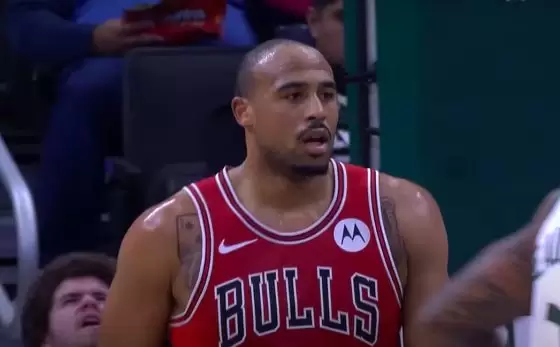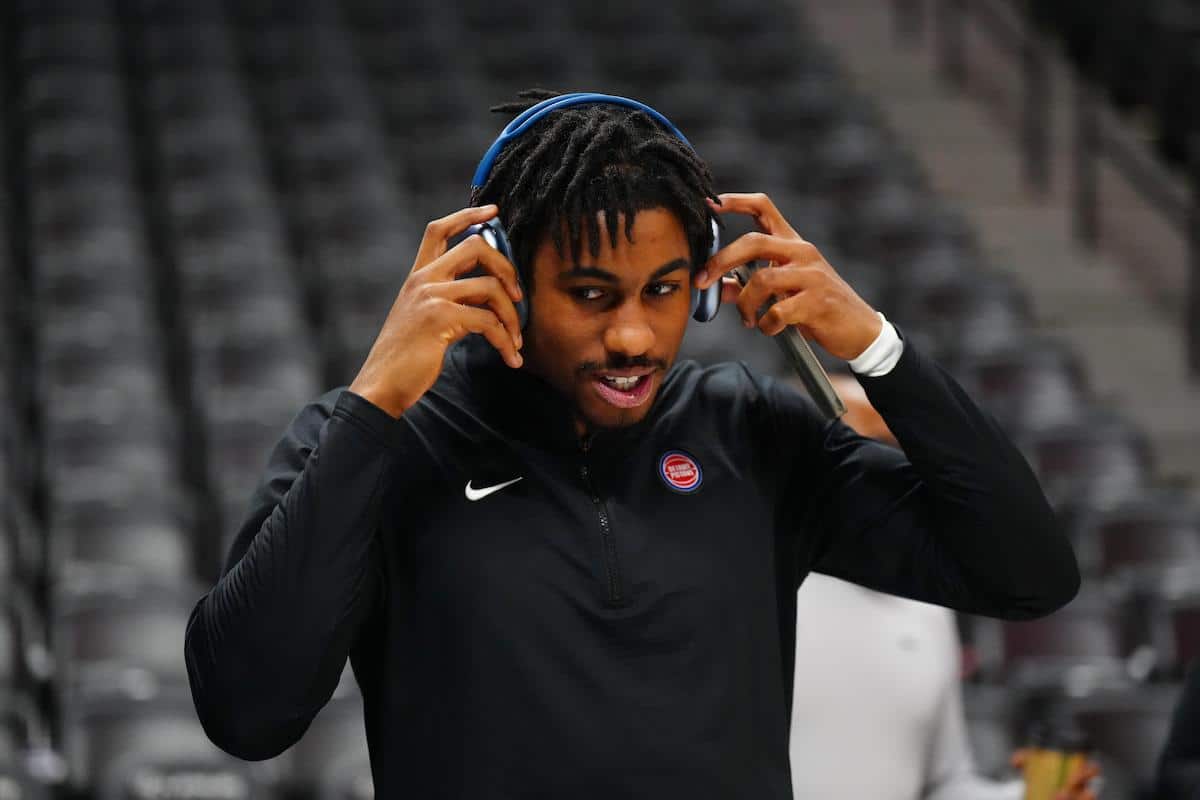Robert Williams is basically the perfect modern-day NBA center.
He blocks shots with conviction, runs the floor extremely well, is lethal as a lob threat in the pick-and-roll and adds way more than he subtracts. The Celtics have never really had a player quite like him, and they’re wise to say that he’s off limits as a potential trade piece.
As long as he stays healthy, he should be a catalyst on one of the best teams in the NBA for quite some time. He’s one of the most universally liked and respected players on the roster, but even exceptional talents can still improve their craft.
So, how can Williams get better? Well, imagine a world where Malcolm Brogdon or Marcus Smart brings the ball up and Williams sets a pick at the top of the key. Jayson Tatum and Jaylen Brown are on the wings and Al Horford or Grant Williams is in the corner.
Photo by Nathaniel S. Butler/NBAE via Getty Images
Currently, when Williams sets that screen, the big guarding him has the unenviable task of deciding in a split-second whether to play up on the shooter and let Williams roll or play back and trust the point guard to maneuver around Williams.
Neither is ideal, but it’s somewhat doable defensively if they play their cards right. Imagine now if Brogdon or Smart drifts around that screen, takes a few dribbles to the right and draws the big in close. The guard instinctively drops to the basket. Williams fakes that way, but he decides to stay back, near the free-throw line extended, and calls for the ball.
Brogdon or Smart hits him with an over-the-shoulder dime from right to left, Williams glances at Tatum and Brown and sees that they’re covered tight, then he calmly rises up and shoots a 14-to-16 footer. Nylon.
Oh, wow. He just hit that? How the heck do we guard them now?
It would almost seem unfair, but it would give the Celtics another weapon at their disposal. No one would expect Williams to hit 70-to-80 percent of these shots, like he does layups, but if he could hit them at a 40-to-50 percent clip, that would go a long way for a talented Celtics team that has a tendency to go cold periodically. It will never be a top option, but there’s no reason it can’t be an option.
It took a while to find a photo of Williams taking a jumper. There aren’t many in the database because it’s a rare occasion when does fire away. When he shoots, though, it’s not typically a shield-your-eyes type of deal. It’s a decent looking shot mechanically that flies off his hand the right away more often than not. It looks infinitely better than it did when he entered the league, and he’s always one to add new elements to his game year by year.
Williams shot 79.7 percent last year when the closest defender was within 4-to-6 feet. Granted, a lot of those were dunks, but it shows that when he has time, he’ll usually capitalize. He also shot 75 percent when he took two dribbles, which shows that if he has room to operate, he can maximize the situation.
He shot 82 percent early in the shot clock (18 to 15 seconds), which is around when many of those picks and rolls would yield jump shots. He shot 100 percent on pull-ups last season, albeit in a very small sample size. On shots more than 10 feet away from the hoop, with the closest defender four to six feet away, Williams shot a very respectable 40 percent.
Rather than that jump shot serving as a last resort late in the shot clock, the goal would be to make it an actual weapon within the flow of the offense. Ideally, Tatum and Brown’s defenders would at least notice it was a possibility, which would complicate matters for the opposing team.
Many players with his style don’t have the mechanics or the touch. Williams does, and it’s all about confidence and shot selection for him. He shot a career-best 72.2 percent from the free-throw line last season (still lower than his field goal percentage), which shows how capable he is and how much he’s grown and can continue to grow.
The Celtics have helped Horford, Grant Williams and Brown blossom into far better shooters than they were to start their careers. Williams doesn’t have as high a ceiling in that area as those three, naturally, but he has plenty of room to expand his game.
No one’s asking him to be Steph Curry, or even Horford, but if he can keep working in that area – and get both his volume and percentages up slightly – it will make both him and the Celtics even more dangerous.





